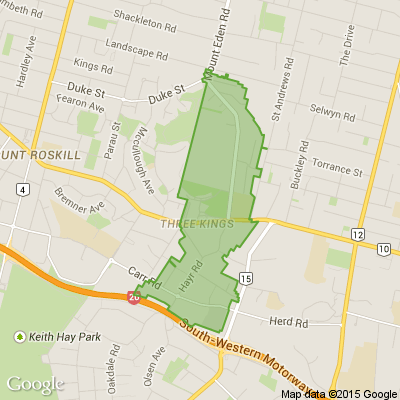Kīngi Tuheitia: Proceedings confirmed for tomorrow's funeral, Te Whakawahinga
As Kīngi Tuheitia Pootatau Te Wherowhero VII is laid to rest tomorrow, his funeral service promises to be a historic, poignant event.
A ceremony to anoint his successor will also be held in the hours before Kīngi Tuheitia is laid to rest.
Here is what to expect from the occasion.
==================================
Te Whakawahinga – the raising up ceremony for the new Māori monarch
The anointment of a Māori monarch is steeped in ritual and ceremony. Known as Te Whakawahinga, or ‘the raising up’, this ceremony will take place ahead of the final funeral service for Kīngi Tuheitia.
The Kiingitanga has revealed the ceremony will start tomorrow at 10am where the Tekau-mā-rua (King’s advisory council) will “usher the new Maaori monarch to the throne”.
Karakia is heavily involved and includes traditional Māori takutaku and Christian prayers. Parts of the ceremony are shielded from those present due to the sacredness of the proceedings.
The Māori monarch does not wear a crown. Instead, the placing of a Bible over their head by Te Tumuaki o Te Kiingitanga [the Kingmaker] is seen as the moment of 'crowning'.
Hone Taamihana holds the role of Te Tumuaki and he will be using the same Bible that his ancestor, Wiremu Taamihana, used to raise up the first Māori King, Pootatau Te Wherowhero, in 1858.
The Anglican Archbishop Don Tamihere will then bless the new monarch with sacred oils.
From marae to maunga – final funeral service and tangi procession
=======================================================
The final funeral service for Kīngi Tuheitia will take place immediately after Te Whakawahinga.
He will then be taken from the marae to the banks of the Waikato River, guided by a guard of honour made up of haukāinga Ngāti Māhanga and the New Zealand Defence Force.
The King will be placed on the waka Tātahi Ora, and three other waka – Waikura, Tākitumu and Te Tīmatanga - will accompany him in a river procession to Taupiri Maunga.
The journey on the river from the marae to Taupiri is around 10km and is expected to take up to two hours.
Burial
=====
Once the fleet of waka arrive at Taupiri Maunga, the King will be handed over into the care of members of the Taniwharau and Tūrangawaewae Rugby League Clubs, and rope handlers from the Raungaiti Rugby Club who will carry him to his final resting place at the summit of the mountain.
Return to Tūrangawaewae Marae
===========================
Following the burial, the Tekau-mā-rua will lead the Whare Ariki (Members of the Royal House) back on to Tūrangawaewae Marae. A hākari will then take place to conclude the tangihanga of Kīngi Tuheitia Pootatau Te Wherowhero VII.
==================================================
TVNZ1, 1News.co.nz and TVNZ+ will have live coverage of proceedings from 9.30am tomorrow.
==================================================
Note: The use of double vowels in this article reflects the dialect used by the Kiingitanga/Kīngitanga which uses double vowels (aa, ee, ii, oo, uu) in place of macronised vowels (ā, ē, ī, ō, ū).
Glossary
========
Te Whakawahinga – ceremony to “raise up” the new Māori monarch
takutaku – reciting of traditional Māori karakia, incantations
Tekau-mā-rua – King’s advisory council
Te Tumuaki o Te Kiingitanga – known as the Kingmaker role, the person who holds the hereditary title is tasked with placing the Bible over the head of the new monarch during Te Whakawahinga
maunga – mountain
haukāinga – local people
waka – canoe
Whare Ariki – Royal House
hākari – feast
tangihanga – funeral
=====================================================
www.1news.co.nz...
====================================================
Best way to use leftovers?
I'm sure you've got some excess ham at home or cold roast potatoes.
What are some of your favourite ways to use leftover food from Christmas day? Share below.

Fair play
Whether it’s a playhouse, she shed or teenager’s sleepout, a stencil-painted floor in Resene Clockwork Orange will elevate it from meh to wow. Find out how to create your own with these easy step by step instructions.









 Loading…
Loading…




